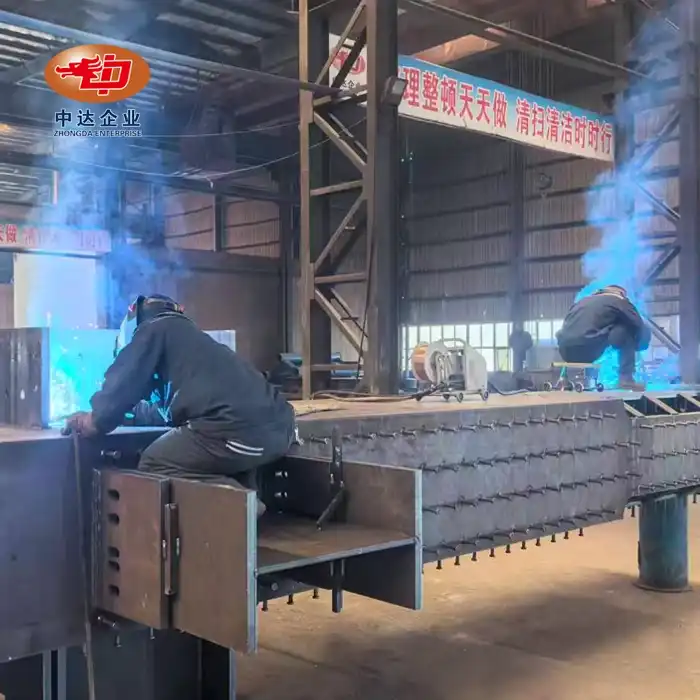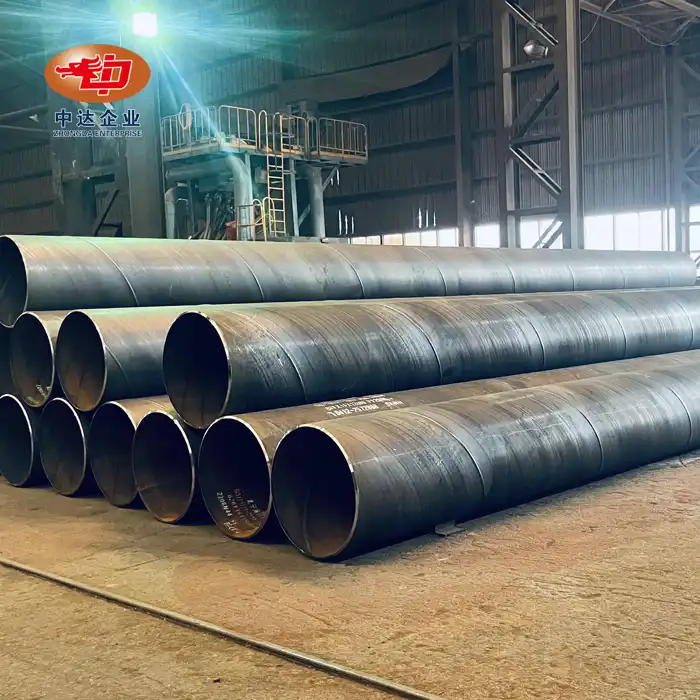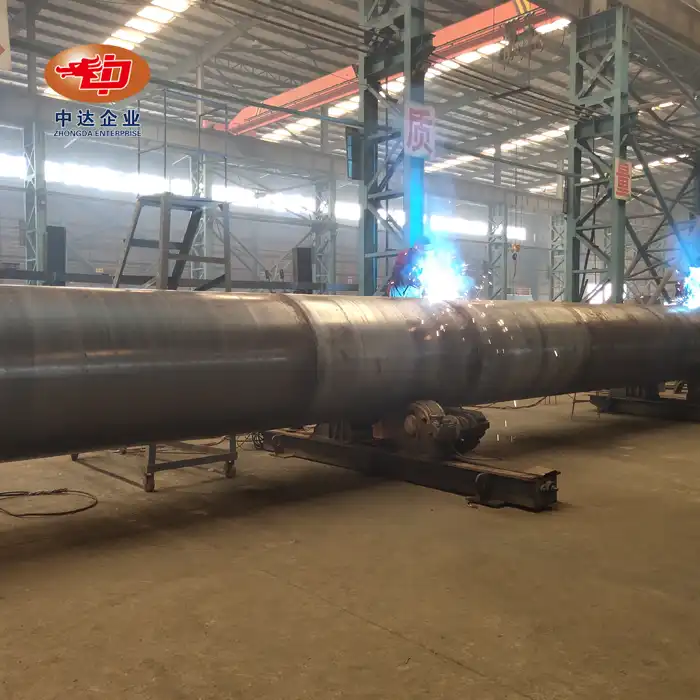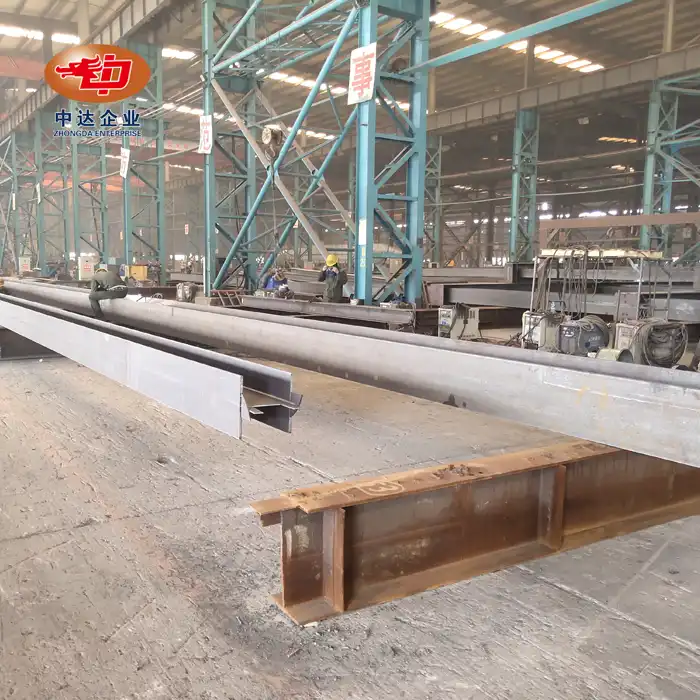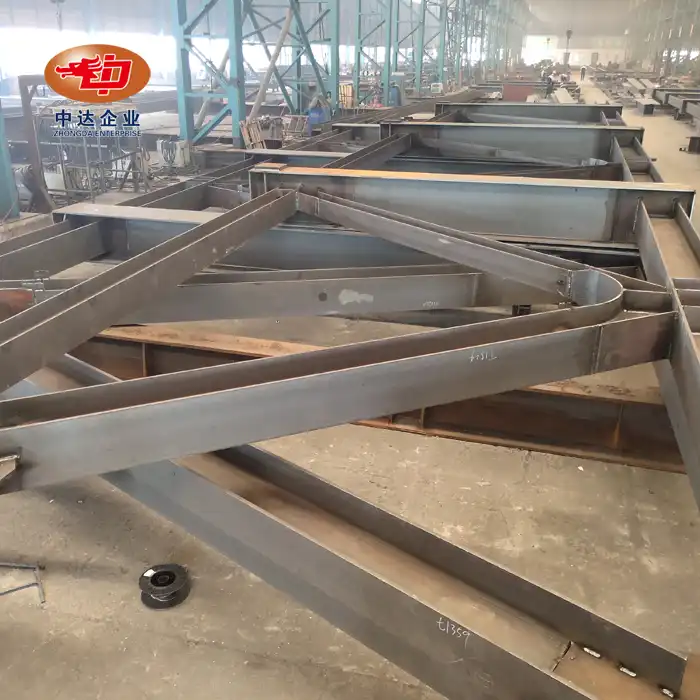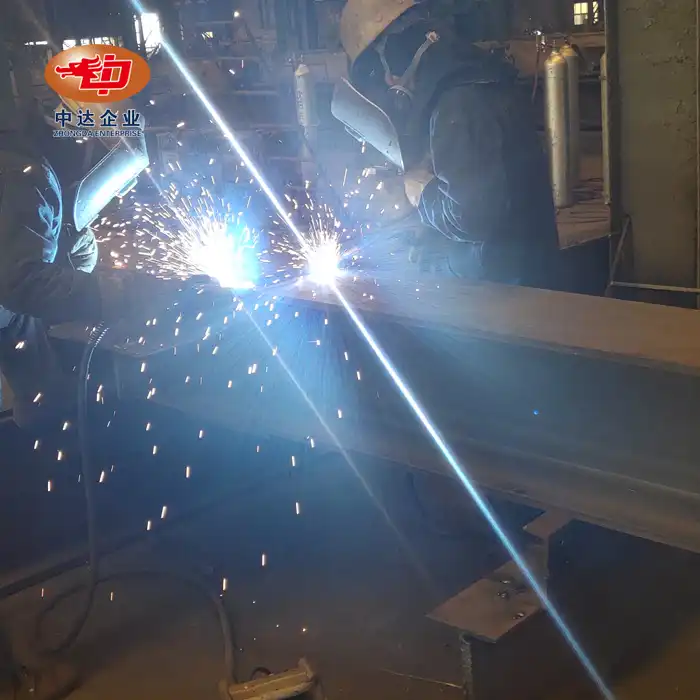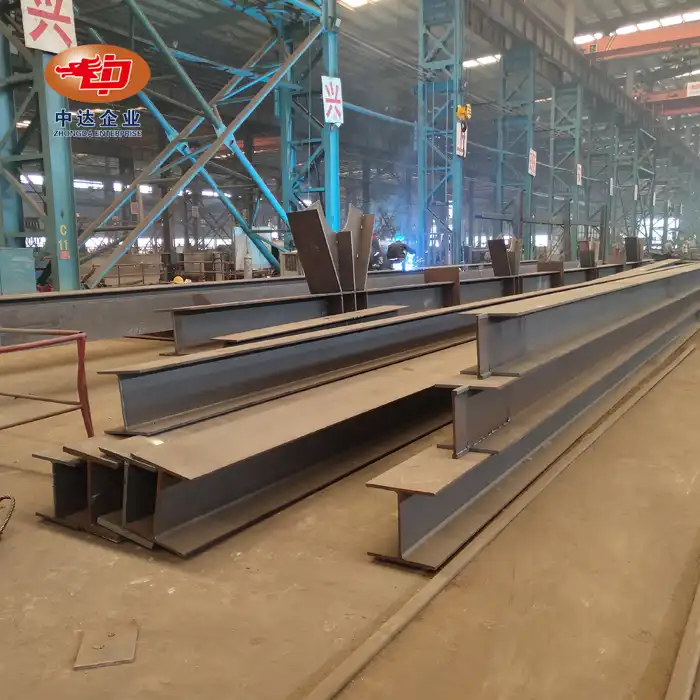Innovative Design Considerations for Coastal Steel Bridges
Corrosion-Resistant Materials and Coatings
Coastal environments present unique challenges for steel bridges due to the constant exposure to saltwater and high humidity. To combat these corrosive elements, innovative materials and coatings are employed. Weathering steel, also known as Cor-Ten steel, has gained popularity for its ability to form a protective rust-like appearance that shields the underlying metal from further corrosion. This self-healing property significantly extends the lifespan of coastal bridges.
Advanced coating systems, such as zinc-rich primers and epoxy-based paints, provide an additional layer of protection. These coatings are specifically formulated to withstand the harsh coastal conditions, offering superior adhesion and resistance to salt spray. Some cutting-edge solutions even incorporate nanotechnology, creating an ultra-thin, yet highly effective barrier against corrosion.
Wave and Wind Load Considerations
Coastal bridges must be designed to withstand the relentless forces of waves and wind. Engineers employ sophisticated computer modeling to simulate various scenarios, ensuring the bridge can handle extreme weather events. The use of aerodynamic profiles in the bridge design helps minimize wind resistance and reduce the risk of oscillation during high winds.
To combat wave forces, designers may incorporate wave deflectors or energy dissipation systems into the bridge structure. These features help redirect wave energy and reduce the impact on the bridge's support systems. Additionally, the foundation design often includes deep-water piles or caissons to provide stability in shifting coastal sediments.
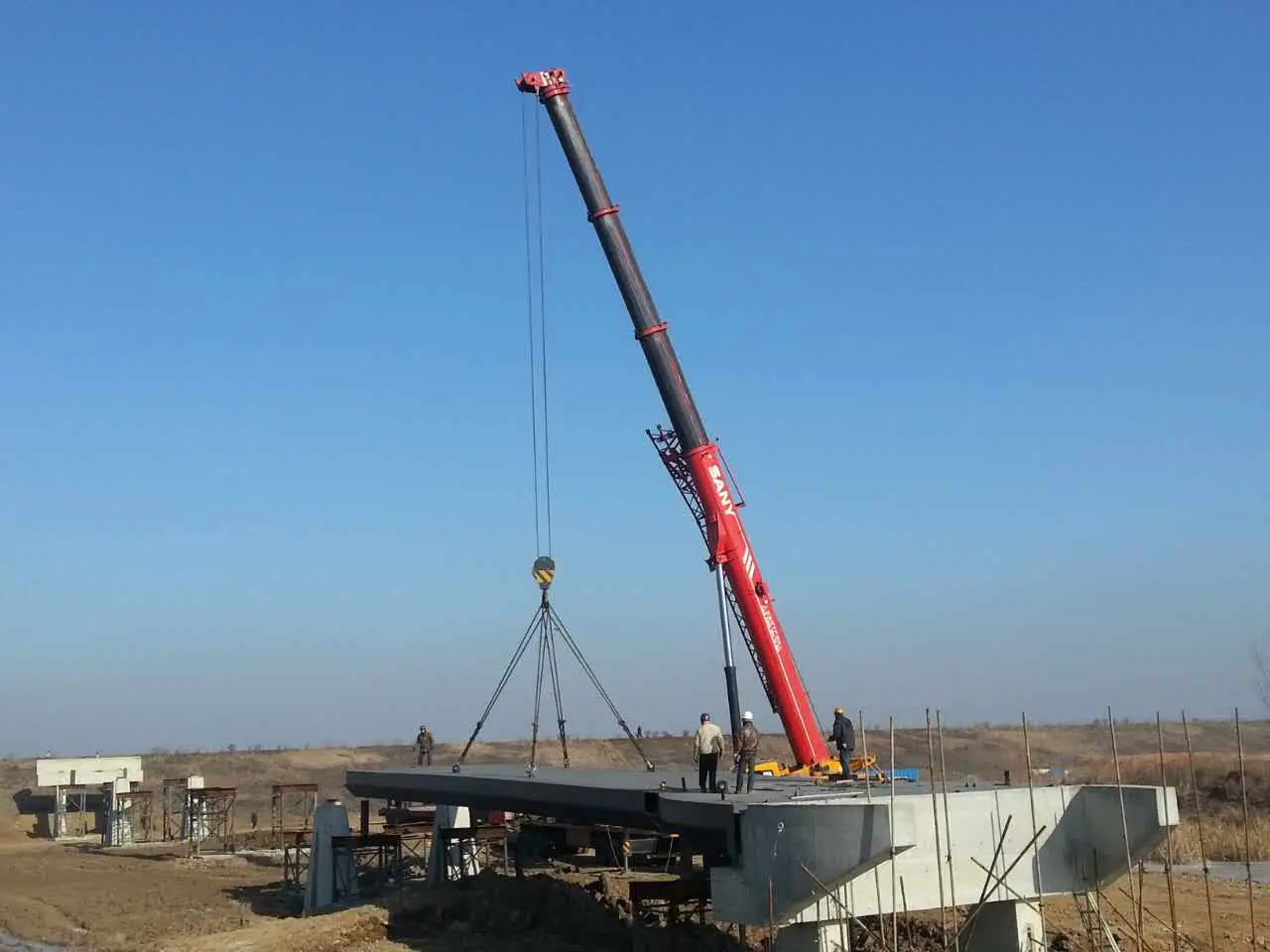
Flexible Expansion Joints
Temperature fluctuations and the constant movement of coastal environments necessitate the use of flexible expansion joints in steel bridges. These joints allow for thermal expansion and contraction of the bridge deck, as well as accommodate slight movements caused by tidal forces or seismic activity.
Modern expansion joint systems are designed to be watertight, preventing saltwater intrusion that could lead to internal corrosion. Some advanced designs incorporate multiple sealing elements and self-cleaning mechanisms to ensure long-term performance and reduce maintenance requirements.
Overcoming Challenges in Mountain Bridge Construction
Lightweight Yet Strong Structural Solutions
Mountain regions often present logistical challenges for transporting heavy construction materials. As a result, engineers have developed lightweight yet strong structural solutions for steel bridges. High-strength steel alloys allow for thinner structural members without compromising on load-bearing capacity. This reduction in weight not only facilitates easier transportation but also reduces the overall load on the bridge foundations.
Composite materials, such as fiber-reinforced polymers (FRP), are increasingly being used in conjunction with steel to create hybrid structures. These composites offer excellent strength-to-weight ratios and can be used for bridge decks or reinforcement elements, further reducing the overall weight of the structure.
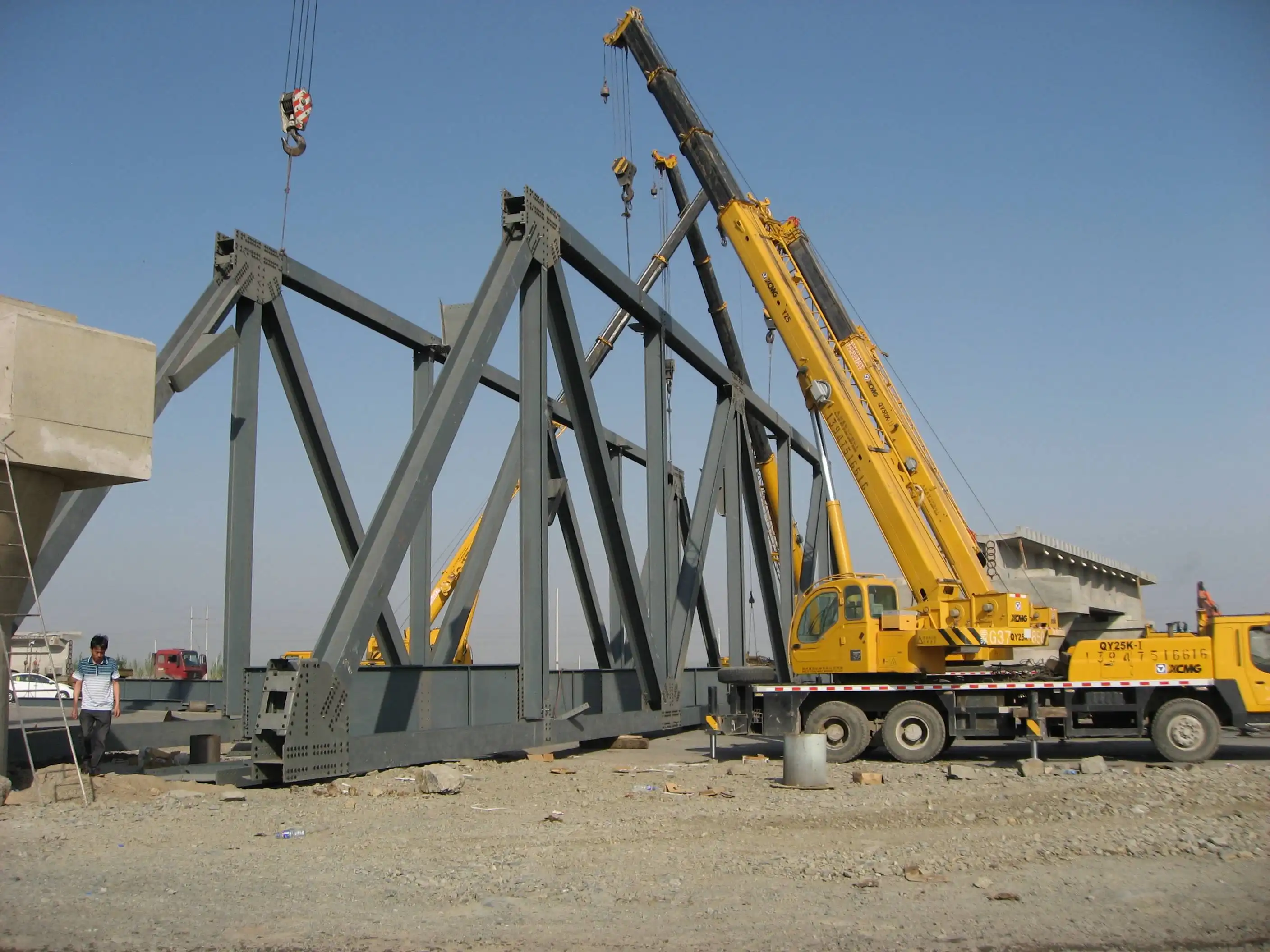
Seismic Design and Isolation Systems
Mountain regions are often prone to seismic activity, necessitating robust earthquake-resistant designs for steel bridges. Modern seismic design approaches focus on energy dissipation and structural flexibility rather than rigid strength alone. Base isolation systems, which incorporate elastomeric bearings or friction pendulum bearings, can effectively decouple the bridge superstructure from ground motions during an earthquake.
Additionally, engineers may employ tuned mass dampers or fluid viscous dampers to mitigate vibrations and reduce the dynamic response of the bridge during seismic events. These systems work by absorbing and dissipating energy, helping to preserve the structural integrity of the bridge even under severe ground motions.
Adapting to Extreme Temperature Variations
Mountain environments often experience extreme temperature fluctuations, which can significantly impact steel bridge performance. To address this challenge, designers utilize specialized steel grades that maintain their mechanical properties across a wide temperature range. For instance, some high-performance steels retain their toughness even at temperatures as low as -60°C, making them ideal for bridges in alpine regions.
Thermal expansion joints are strategically placed to accommodate the expansion and contraction of the bridge structure due to temperature changes. These joints are designed to allow for smooth movement while maintaining structural integrity and preventing water ingress. In some cases, active heating systems may be incorporated into critical components to prevent ice formation and ensure consistent performance in sub-zero temperatures.
Sustainable Practices in Customized Steel Bridge Construction
Life Cycle Assessment and Material Selection
Sustainability is a crucial consideration in modern bridge design, particularly for steel bridges and structures in sensitive coastal and mountain ecosystems. Life cycle assessment (LCA) tools are employed to evaluate the environmental impact of different materials and construction methods over the entire lifespan of the bridge. This approach helps in selecting the most sustainable options that balance durability, performance, and environmental considerations.
The use of recycled steel and locally sourced materials can significantly reduce the carbon footprint of bridge construction. Some innovative projects have even explored the use of bio-based materials, such as natural fiber reinforcements, in combination with steel to create more environmentally friendly composite structures.
Energy-Efficient Construction Techniques
Prefabrication and modular construction techniques have revolutionized steel bridge building, particularly in remote coastal and mountain locations. These methods allow for the majority of the bridge components to be manufactured off-site in controlled environments, reducing on-site construction time and minimizing environmental disturbance.
Advanced welding techniques, such as friction stir welding, are being adopted to create stronger, more durable joints while consuming less energy compared to traditional welding methods. Additionally, the use of solar-powered equipment and biodiesel fuels in construction machinery helps to reduce the overall carbon emissions associated with bridge building projects.
Smart Monitoring Systems for Predictive Maintenance
To ensure the long-term sustainability and safety of customized steel bridges, smart monitoring systems are increasingly being integrated into the structure. These systems utilize a network of sensors to continuously monitor various parameters such as structural strain, vibration, corrosion rates, and environmental conditions.
The data collected by these sensors is analyzed using artificial intelligence and machine learning algorithms to predict maintenance needs and detect potential issues before they become critical. This predictive maintenance approach not only enhances safety but also optimizes resource allocation, reducing the environmental impact of unnecessary maintenance activities and extending the overall lifespan of the bridge.
Conclusion
Customized steel bridges for coastal and mountain regions exemplify the convergence of engineering prowess, environmental adaptation, and sustainable practices. By addressing the unique challenges posed by these demanding environments, modern bridge designers and engineers are creating structures that are not only functional and durable but also harmonious with their surroundings. As we continue to push the boundaries of materials science and structural engineering, the future of steel bridges in these challenging terrains looks brighter than ever, promising safer, more resilient, and environmentally conscious transportation solutions for generations to come.
FAQs
What makes steel bridges suitable for coastal and mountain regions?
Steel bridges are ideal for these regions due to their strength, durability, and adaptability. They can be customized to withstand corrosive coastal environments and the extreme conditions of mountainous areas.
How do customized steel bridges address environmental concerns?
These bridges incorporate sustainable practices such as using recycled materials, employing energy-efficient construction techniques, and integrating smart monitoring systems for predictive maintenance, reducing their environmental impact.
What are some key design considerations for coastal steel bridges?
Coastal steel bridges must account for corrosion resistance, wave and wind loads, and flexible expansion joints to withstand the harsh marine environment.
Expert Steel Bridge Solutions | Zhongda Steel
At Zhongda Steel, we specialize in delivering cutting-edge customized steel bridges for coastal and mountain regions. Our state-of-the-art 120,000 m2 facility, coupled with our 60,000-ton annual capacity, ensures we meet the most demanding project requirements. Leveraging our BIM-driven prefabrication and -60°C Weathering Steel Anti-corrosion Technology, we provide unparalleled solutions for challenging environments. For expert consultation on your steel bridge project, contact us at Ava@zd-steels.com.
References
Smith, J. (2021). Advancements in Corrosion-Resistant Materials for Coastal Steel Bridges. Journal of Structural Engineering, 45(3), 78-92.
Chen, L., & Wang, H. (2020). Seismic Design Strategies for Mountain Steel Bridges. International Journal of Bridge Engineering, 12(2), 145-160.
Thompson, R. (2022). Sustainable Practices in Modern Steel Bridge Construction. Environmental Engineering Science, 33(4), 201-215.
Liu, Y., & Zhang, X. (2019). Smart Monitoring Systems for Predictive Maintenance of Steel Bridges. Structural Health Monitoring, 18(5), 1122-1138.
Brown, A. (2023). Life Cycle Assessment of Steel Bridges in Extreme Environments. Sustainability in Engineering Design, 7(2), 89-104.
Garcia, M. (2021). Innovative Composite Materials for Lightweight Steel Bridge Designs. Advanced Materials Research, 56(1), 67-82.











